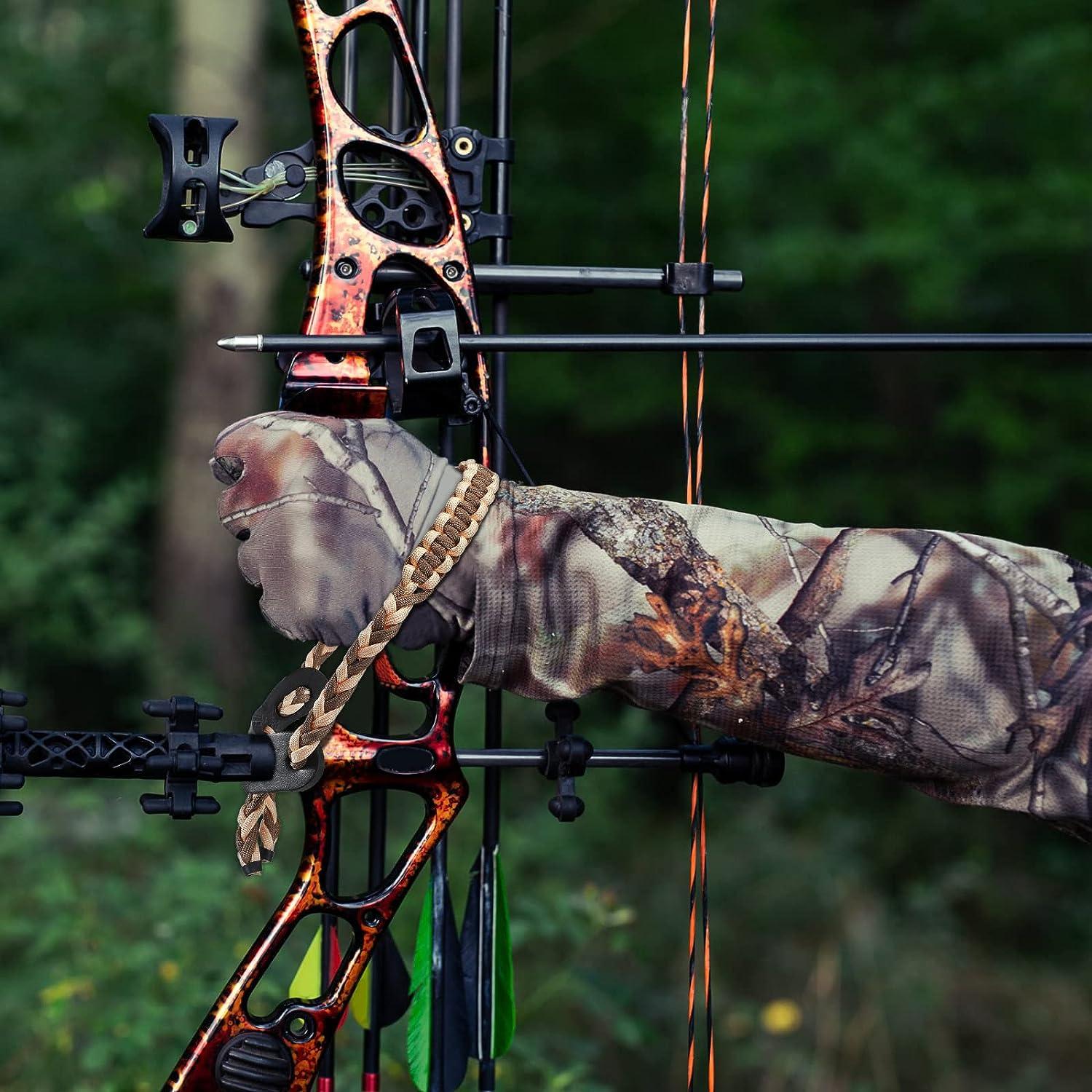Make The Most Of Accuracy: Compound Bow Stabilizer Overview for Archery Enthusiasts
Make The Most Of Accuracy: Compound Bow Stabilizer Overview for Archery Enthusiasts
Blog Article
Optimizing Your Archery Efficiency With the Right Substance Bow Stabilizer: a Detailed Review
One often-overlooked yet critical component in boosting precision is the substance bow stabilizer. By comprehending the nuances of choose and enhancing a substance bow stabilizer, archers can tweak their tools to boost their capturing experience to brand-new levels of efficiency and control.
Significance of Bow Stabilizers in Archery

In addition, bow stabilizers help in balancing the weight circulation of the bow, which can improve the archer's stability while intending and shooting. By including weight to the front of the bow, stabilizers can decrease the quantity of torque experienced upon launch, causing a smoother and a lot more controlled shot - compound bow stabilizer. This weight distribution also helps in holding the bow stable for a longer duration, allowing the archer to aim extra precisely
Types of Compound Bow Stabilizers
When thinking about the different kinds of substance bow stabilizers readily available, it is important to understand their distinctive features and features to figure out the most suitable choice for maximizing archery efficiency. One of the most usual kinds of compound bow stabilizers include sidebar stabilizers, front stabilizers, and back stabilizers. Sidebar stabilizers connect to the sides of the riser and help in balancing the bow during the aiming procedure. Front stabilizers, also called lengthy rods, are connected to the front of the riser and aid in absorbing and reducing any resonances triggered by the release of the arrow, therefore enhancing precision. Back stabilizers, additionally called rear stabilizers, are installed to the back of the bow and aid in counterbalancing the weight of other devices, resulting in enhanced security and steady aiming. Furthermore, some stabilizers feature adjustable weights that allow archers to fine-tune the equilibrium and feeling of their bows according to their choices, making them functional options for archery fanatics of all levels.
Elements to Consider When Picking
In reviewing compound bow stabilizers, understanding the unique attributes and features of each type is vital for making a notified choice on the most appropriate choice to improve archery performance. When choosing a stabilizer, one should consider the weight of the stabilizer itself. By carefully evaluating these Home Page elements, archers can select a substance bow stabilizer that aligns with their shooting design and optimizes their general performance on the archery array.
Installment and Change Tips
For ideal performance and precision in archery, mastering the installation and modification of your bow stabilizer is important. Proper setup starts with connecting the stabilizer to the bow's riser, guaranteeing it is securely safeguarded.
When changing the stabilizer, begin with little step-by-step changes as opposed to drastic modifications. This allows you to examine the impact of each modification precisely. Focus on just how the bow reacts to changes in stabilizer settings and make changes accordingly. Keep in mind that the objective is to find a configuration that minimizes hand torque, minimizes vibration, and improves precision. On a regular basis examine the stabilizer's rigidity and general problem to ensure it remains to work ideally. By grasping the setup and adjustment process, you can optimize your archery performance and boost your shooting experience.
Maintenance and Care Guidelines

It is also crucial to keep your bow with the stabilizer in a protected and risk-free area when not in usage. Following these upkeep and care standards will aid you get the most out of your bow stabilizer and boost your general archery performance.
Final Thought
In conclusion, picking the best substance bow stabilizer is important for making best use of archery performance. Comprehending the value, kinds, factors to take into consideration, installment and modification suggestions, in addition to maintenance and treatment guidelines can significantly impact one's precision and consistency in shooting. By choosing a stabilizer that matches individual demands and preferences, archers can improve their total performance and accomplish far better results on the variety or in competitors.
Bow stabilizers play an essential function in boosting an archer's accuracy and consistency by minimizing resonances and stabilizing the bow during the launch of an arrowhead - compound bow stabilizer.Additionally, bow stabilizers assist in stabilizing the weight circulation of the bow, which can boost the archer's stability while firing and intending. The most common types of compound bow stabilizers include sidebar stabilizers, front stabilizers, and back stabilizers. Back stabilizers, likewise called back stabilizers, are placed to the back of the bow and assist in reversing the weight of other devices, resulting in boosted security and constant aiming. When choosing a stabilizer, one should think about the weight of the stabilizer more information itself
Report this page